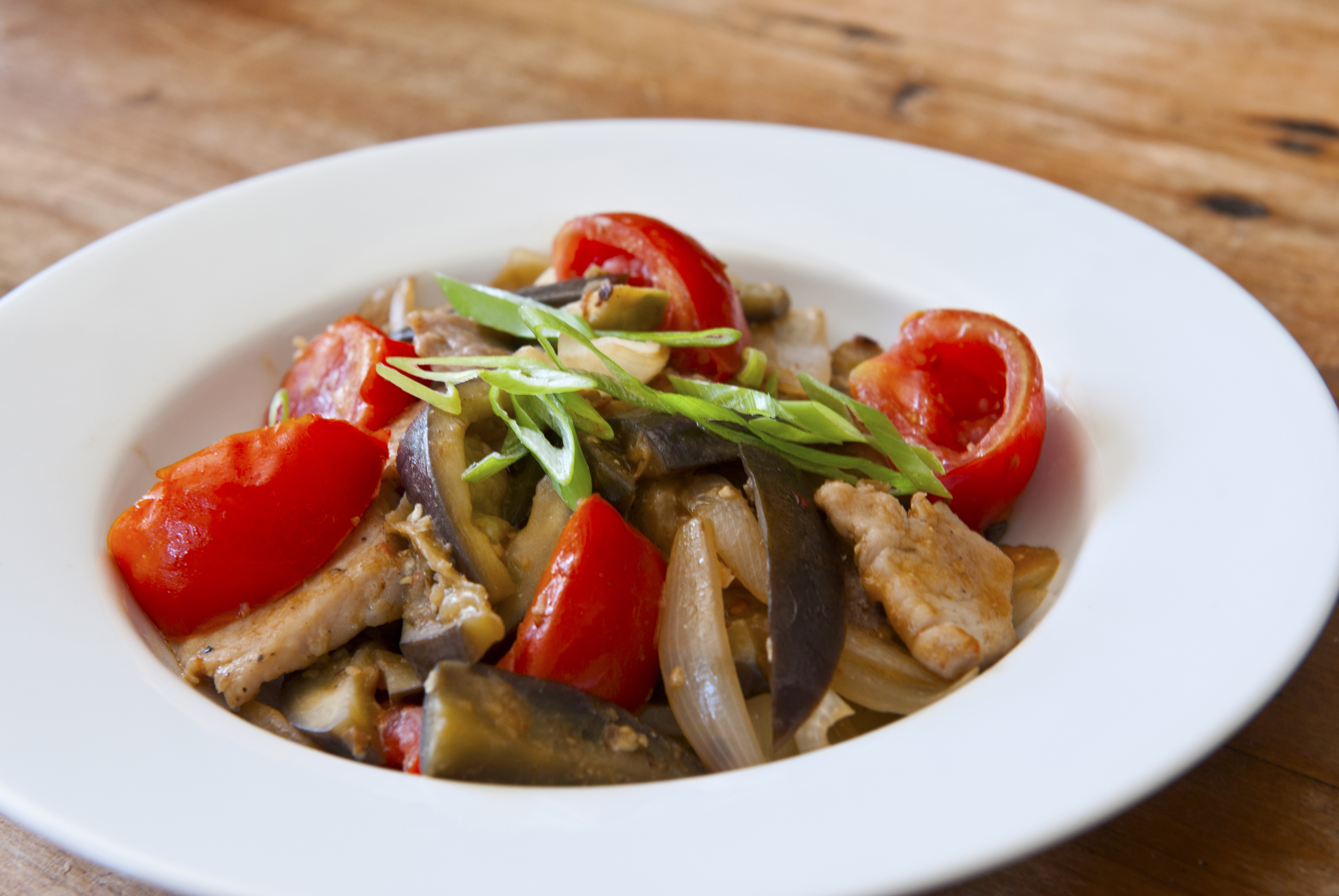Stir-frying, often thought to be a part of all East and Southeast Asian cuisines, has a fairly short history in Japan. The method of rapidly cooking chopped food in oil over a hot fire was first introduced to the country by Chinese immigrants in the Meiji Period (1868-1912). This was the era when restaurants serving mainly Cantonese-style cuisine started appearing in Tokyo and other big cities. However, in the days of wood-burning stoves — where heat could not be regulated easily — stir-frying was thought to require professional skills. Home cooks in Japan knew how to steam-cook, stew food in liquid or grill food over charcoal, but stir-frying was not part of their skill set.
It was only as gas-powered cooking stoves with instant on-off cooking heat became common in the latter half of the 1950s that stir-frying became ubiquitous in Japanese kitchens. (The same goes for deep-frying, which was introduced by the Portuguese in the 16th century but remained a cooking method of professionals until the mid-20th century.) Indeed, chūka ryōri, Chinese-style cooking adapted to Japanese tastes, has only been popular in Japan for about the same length of time as yōshoku, which refers to similarly adapted European-style cooking.
Although woks are a common sight in Japanese homes, it's still not that easy to produce great stir-fried food in a typical kitchen. Unless you have a special high-heat burner meant for wok cooking, it's almost impossible to get a wok hot enough for proper stir-frying on a typical gas burner — and it's even harder if you have an induction heat (IH) cooktop.

















With your current subscription plan you can comment on stories. However, before writing your first comment, please create a display name in the Profile section of your subscriber account page.